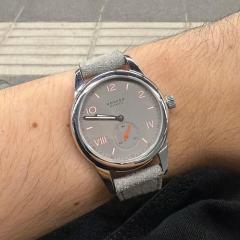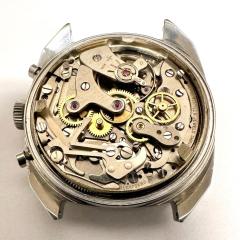Are this parts worth keeping?
-
Recently Browsing
- No registered users viewing this page.
-
Topics
-
Posts
-
What I like about the tail stock is that you can put the collets in it to drill holes. I have a peersless lathe but I can’t drill holes because I don’t have anything that can hold collets or a Jacob chuck. That’s why I am interested in buy this one, but yes I feel like it is a little high.
-
Based on my own recent experience buying a lathe and accessorizing it, $750 feels a little high. The lathe and motor together are probably worth about $300. That tailstock looks like it has a micrometric attachment, which adds some value. But that set of collets is not especially big and only contains wire collets & centers, without any other specialty collets/chucks. That batch of collets sold independently would fetch $150-$200. Without any more interesting accessories like a cross slide, this feels more like a $500 lathe. Unless that micrometer tailstock is an expensive accessory independently.
-
And you really ended up with a challenging one for your introductory restoration. Congratulations on persisting through the challenges then. It is never so simple as "take it apart, clean it, put it back together" unless the watch is only like 50 years old.
-
one of my concerns here is five layers of foil?so there's three different ways to shim a bridge yes three ways. You can make a entire piece of metal that covers the entire space of where the bridge goes down so it lifts the bridge evenly or the most calming you see with watches is a strip of something either on one side of the screw or the other to tip the bridge either up or down this is way way more common. If I'm doing a shimming which sometimes I do its typically one thin piece of paper either to the front or to the back but you have five layers of foil that doesn't quite seem right? one of the things I'm curious about is somewhere in the conversation I heard the word donor movement and you may have given us the serial number originally but can I have the serial number of both watches because I'm curious about something I know I looked up the staff before that came with variations but since you're busy mixing and matching of things I'm curious about something and to do that I need the serial numbers of both watches
-
The first one I got was a brand new Bergeon, and to make a long story short, it was, essentially, a piece of cr-p! The vintage shown in the picture removes every (tiny or large) cannon pinion with ease and precision. I'll never get rid of it (unless my children are starving).
-









Recommended Posts
Join the conversation
You can post now and register later. If you have an account, sign in now to post with your account.
Note: Your post will require moderator approval before it will be visible.